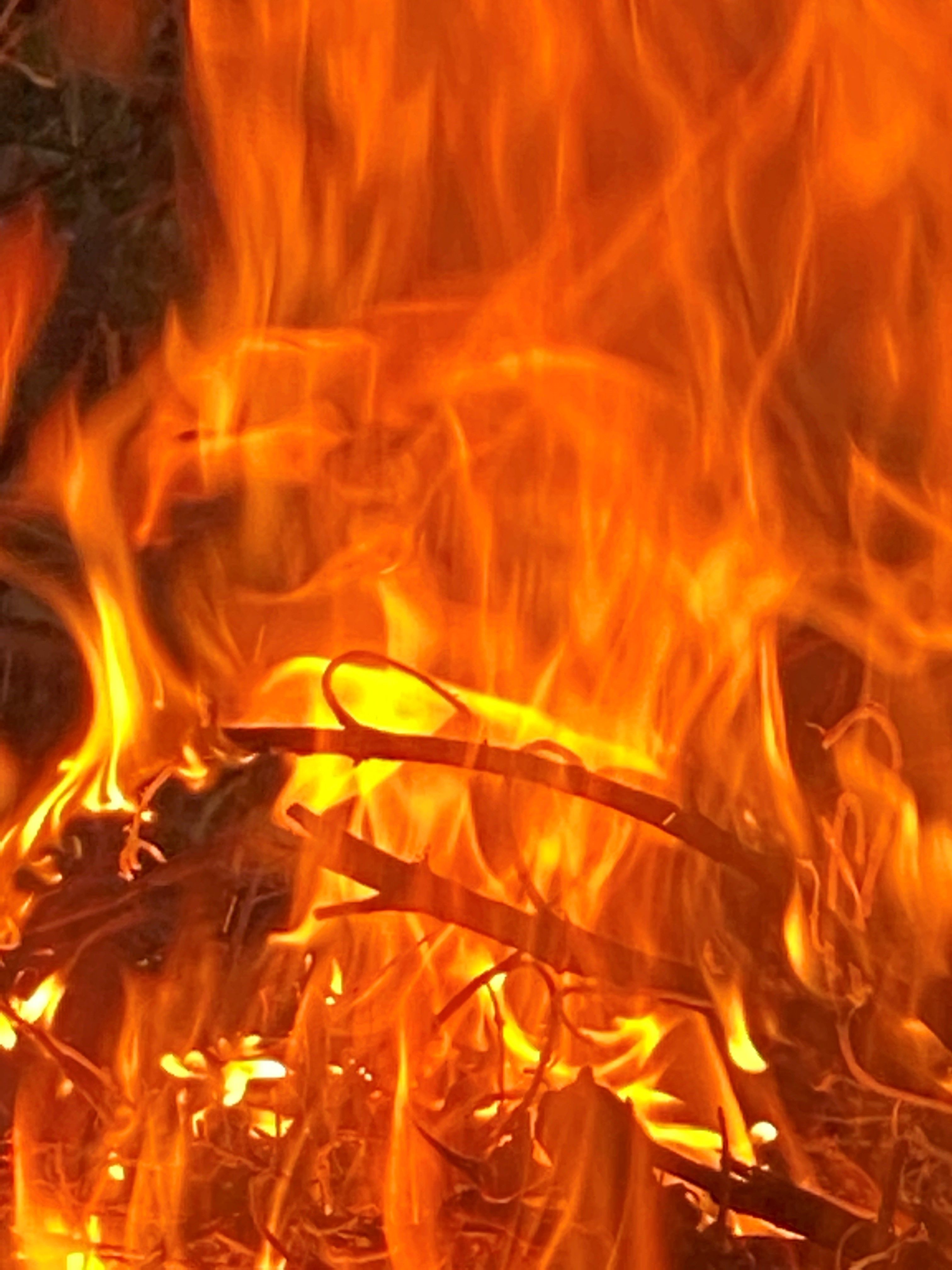Home/Curriculum resources/Fire in song/Activity 2 – Evaluating examples
Learning Area:
The Arts
Year levels:
Level 5, Level 6
Required resources:
Computer and speakers to play the soundtrack

Activity 2 – Evaluating examples
This activity is a part of the Fire in song resource.
Fire up close. Mornington Island, Lardil country. Photographer: Joe Sambono. Source: Ngarrngga. © Joe Sambono 2023. Used with permission
In this activity, students will listen to the Yothu Yindi song 'Fire' and analyze various musical elements such as structure, pitch, duration, tone color, texture, and dynamics.
* NOTE: Seek permission from respective communities for non-Indigenous students to learn and perform music from Aboriginal and Torres Strait Islander peoples.
Suggested resources
Step by Step guide
Students will listen to the Yothu Yindi song 'Fire' on the following websites:
Video: https://www.youtube.com/watch?v=uHzVAoCSeJk
Students will analyse the elements of music as they are used in this song - you may choose to use the attached 'Evaluating musical examples' sheet.
Structure: Intro with hook, Verse 1, Chorus, Verse 2, Chorus, Manikay 1 (ceremonial song), Chorus, Manikay 2, Chorus
Pitch: Key is B minor and the song uses the chords Bm, A, Em, G in a repeating pattern. There is a melodic riff consisting of pairs of short notes in a descending pattern that recurs throughout the song. The verse melody mainly moves by step and the chorus, copying the riff, has a downward leap of a 3rd as its main feature.
Duration: The song is in simple quadruple time and is set to a rhythmic rock beat at a speed of 120 BPM. The rhythm of the vocal line is only occasionally syncopated and remains mostly on the beat throughout.
Tone Colour: The instruments used are: solo female voice, solo male voice, male backing chorus, synthesiser, drum kit, electric guitar, bass guitar. The disparate variety of tone colours from these instruments create a dense sound.
Texture: The song is homophonic, having a clear melody and accompaniment. The different layers of the song comprise rhythm, bass, chords, vocal melodies, and a layer of short melodic motifs from the synthesiser.
Dynamics: The song is performed at mostly the same volume throughout with rises and falls in intensity coming through the number of instruments playing.
Context: Research the background of the band, Yothu Yindi, and the importance of its lead singer Dr Mandawuy Yunupingu AC (1956–2013).
Related activities within this resources:

Activity 1 – Building background knowledge
In this activity, students are encouraged to build their understanding of Yolngu culture and beliefs, including their societal structures and the significance of fire in their narratives.

Activity 3 – Performing
In this activity, students begin by singing along with the song 'Fire' and gradually progress to playing chord instruments like guitar and keyboard in synchronization with the recording.